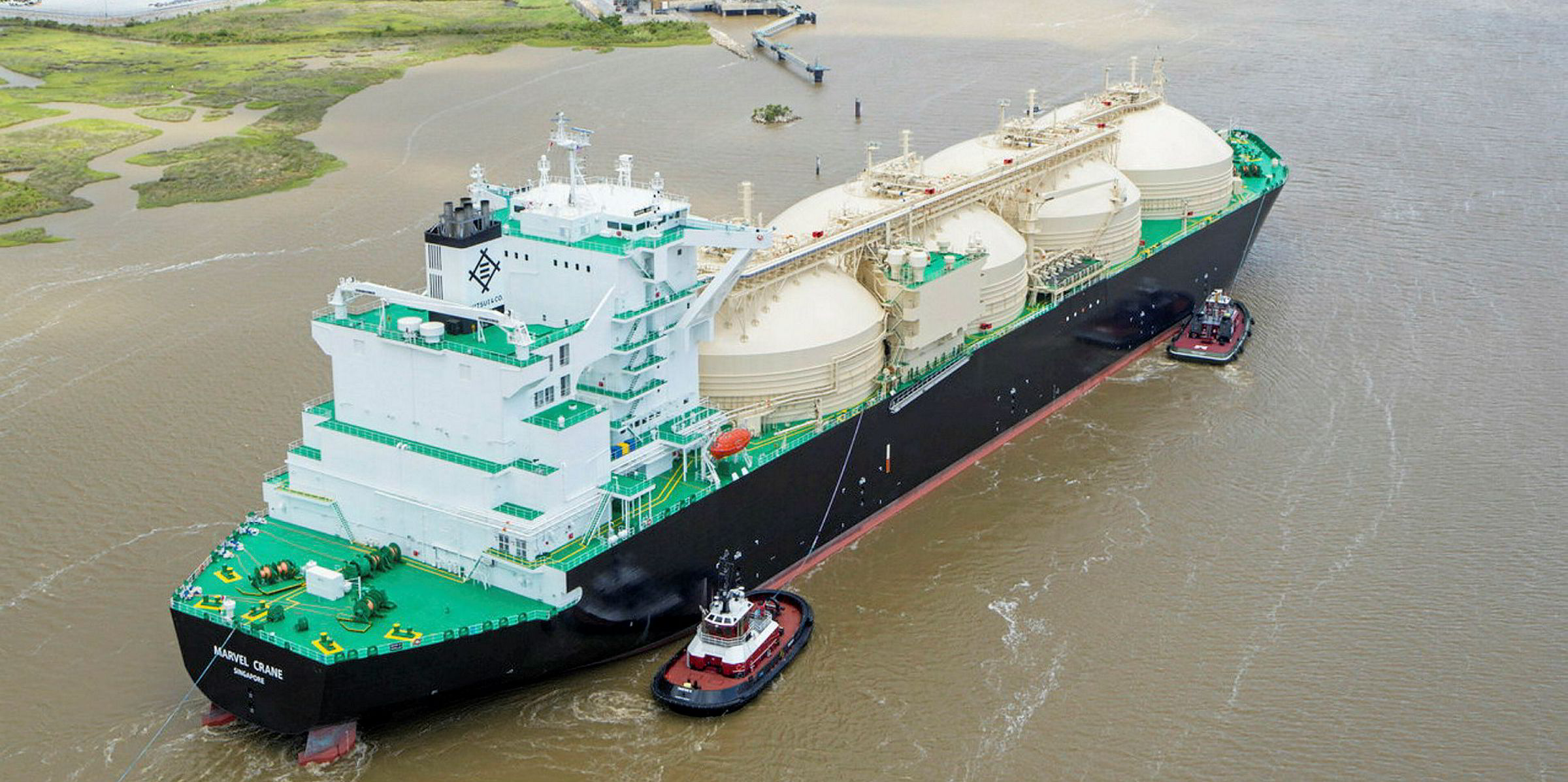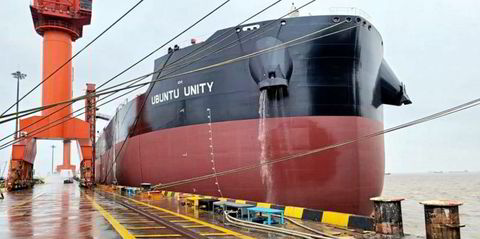Spot rates for LNG carriers have levelled out after sliding from early fourth-quarter levels, as the focus on activity shifts to next year.
Brokers and chartering market sources said there has been a slowdown in enquiries and fixtures over the past few weeks, which is reflected in a gradual reduction in rates.
Early this week, they pegged spot rates for the large ME-GI and X-DF gas-injection vessels at about $125,000 per day, tri-fuel diesel-electric (TFDE) LNG carriers at about $105,000 per day and steam-turbine ships at $75,000 per day.
Rates were slightly lower in the Pacific region, where tonnage has started to build up again as ships being used for floating storage deliver their cargoes.
From east to west
But the situation appeared tighter in the Atlantic basin, with some vessels in the east heading west to take advantage of the favourable conditions.
Enel has fixed the 155,000-cbm, TFDE-powered GasLog Sydney (built 2013) — a Cheniere Energy relet — for a month from January, with the option of an additional period of trading, at a rate in the low $90,000-per-day range.
Angola LNG was reported to be chartering the 145,819-cbm Stena Blue Sky (built 2006) on a spot basis at $85,000 per day.
Brokers said shipowners are still "making money" at these rates, but added that charterers are now switching their attention to shipping coverage for 2020.
While some vessels are expected to redeliver in mid-December, charterers are holding out for what they anticipate will be softer rates in January. They suggest that some vessels may be left idle for a period from mid-month and are anticipating a slide in rates during this time.
Market players are also beginning to look at some of the broader issues that may influence LNG shipping next year.
Brokers said about 58 LNG newbuildings are due for delivery in 2020, of which 10 are small vessels and four are floating storage and regasification units.
Of the full-sized trading vessels scheduled for handover, at least 14 are understood to be uncommitted, although most of these will deliver in the second half of next year.
The redelivery of steam-turbine and TFDE-powered LNG carriers from long-term contracts is also becoming a talking point in the market as a factor likely to affect the balance of available shipping.
However, the exact numbers are uncertain due to the optional periods on charters, which charterers have yet to declare on.







